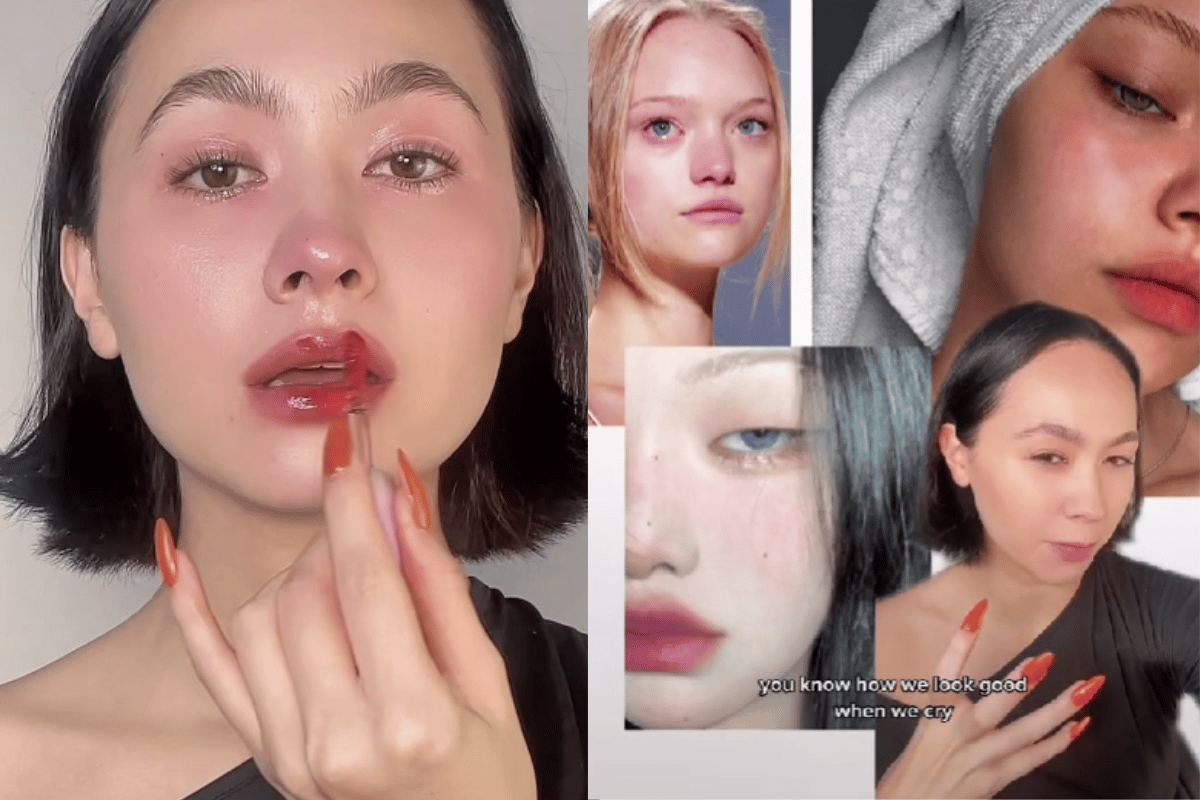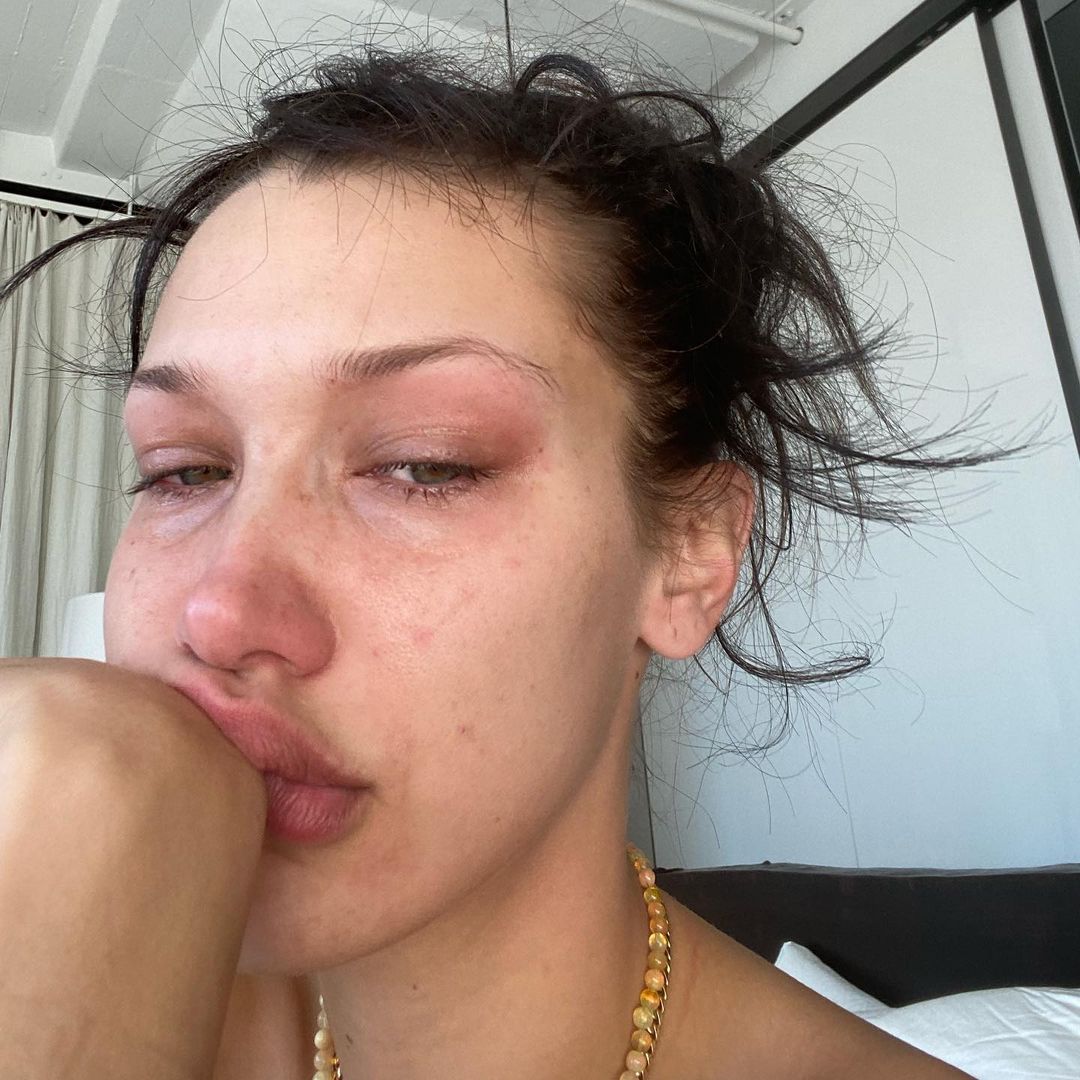
Pop on your slouchy beanie, slip on your Docs and blast My Chemical Romance - because we're taking a little trip down memory lane. Specifically, the years between 2010 and 2014.
Your favourite shows are Gossip Girl and Skins. You want to look like Serena. You love everything about Effy.
You spend approximately all of your spare time on Tumblr and Facebook. You take moody, glassy-eyed selfies sitting in your dark bedroom. You frantically search for nonsensical quotes and deep and meaningful lyrics that'll prove you're feeling a LOT of things right now.
Then, you wait.
And soon enough, the likes and reblogs start to roll in.
Watch: Speaking of which - here are some banished beauty trends from the '90s. Post continues below.
It's a very different time to 2022.
... Or is it?
Because it looks like all things associated with the era of Tumblr are making a comeback, and the resurgence is dragging with it a bunch of heavy implications - the resurrection of 'performative sadness' being one of them.

Top Comments